Consumer price index: Inflation creeps up in August as pressure mounts
CPI rises 8.55% despite excluding 96% increase in power tariffs.
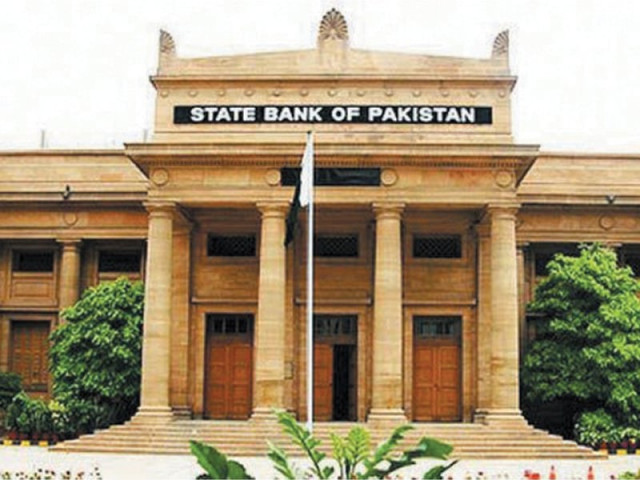
From July to August 26, the federal government’s borrowings from the State Bank of Pakistan rose alarmingly and stood at Rs549 billion and its impact on inflation will be known after a time lag of about six months. PHOTO: FILE
Inflationary pressure kept building up in the country in August, as inflation inched up 8.55% despite the statistics body’s decision to exclude the impact of up to 96% increase in electricity tariffs, forcing data users to question the authenticity of figures.
The Consumer Price Index (CPI), comprising a basket of 487 goods and services, rose 8.55% in August over the corresponding period of last year, reported Pakistan Bureau of Statistics (PBS) here on Monday. In July, inflation stood at 8.23%.
It was the second consecutive month when CPI-based prices increased, which came before the announcement of monetary policy by the State Bank of Pakistan on September 13.
However, the August inflation was below the expectations of independent economists and projections by the Planning Commission.
In August, the government had significantly increased prices of electricity for industrial, commercial and bulk consumers. Rates of petroleum products, transport fares and prices of wheat and wheat flour were also increased.
PBS did not include the impact of higher electricity tariffs for industrial, commercial and bulk consumers in CPI calculation, said Asif Bajwa, Chief Statistician of Pakistan. Technically, he said, the PBS could not count the increase in tariffs for commercial and industrial consumers in the CPI which is a consumer index.
PBS also did not include the effect of rise in electricity tariffs in the Wholesale Price index (WPI), said Bajwa.
The cost of expensive electricity for industrial consumers would gradually trickle down to end consumers through increase in prices of products manufactured by these units, he added.
In the CPI, the commodity group comprising housing, water, electricity, gas and fuel recorded a rise of 6.5% in August over the same month last year, according to the PBS. The group’s weight in the CPI basket is about 29.4%.
For the current fiscal year 2013-14, the federal government has set the inflation target at 8%. Initial administrative, monetary and fiscal trends suggest the target may be missed.
The government has already increased prices of electricity and petroleum products, though the higher electricity tariffs for domestic consumers will come into effect from next month.
From July to August 26, the federal government’s borrowings from the State Bank of Pakistan rose alarmingly and stood at Rs549 billion and its impact on inflation will be known after a time lag of about six months, according to independent economists. The depreciating rupee against the US dollar was another factor that would fuel inflation, they added.
The CPI showed that prices of perishable food items went up 18% in August over the corresponding month a year ago. Prices of non-perishable food items rose 8.7%. Clothing and footwear prices jumped over 15%.
Non-fuel and non-food inflation, known as core inflation, recorded a hike of 8.5% year-on-year and 0.3% over a month ago. The increase in non-food and non-fuel category poses the risk of inflation slipping back into double digits.
Independent experts give more importance to core inflation, which is shielded from seasonal price shocks because of exclusion of food and energy goods.
Average inflation in first two months of the current fiscal year (July-August) stood at 8.4%, according to the PBS.
Published in The Express Tribune, September 3rd, 2013.
Like Business on Facebook, follow @TribuneBiz on Twitter to stay informed and join in the conversation.

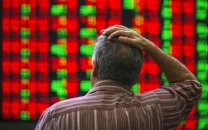
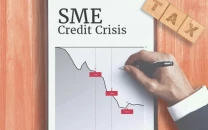
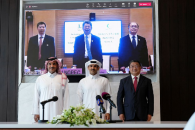
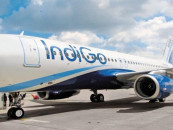




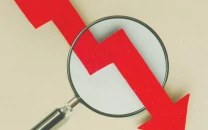









COMMENTS
Comments are moderated and generally will be posted if they are on-topic and not abusive.
For more information, please see our Comments FAQ